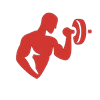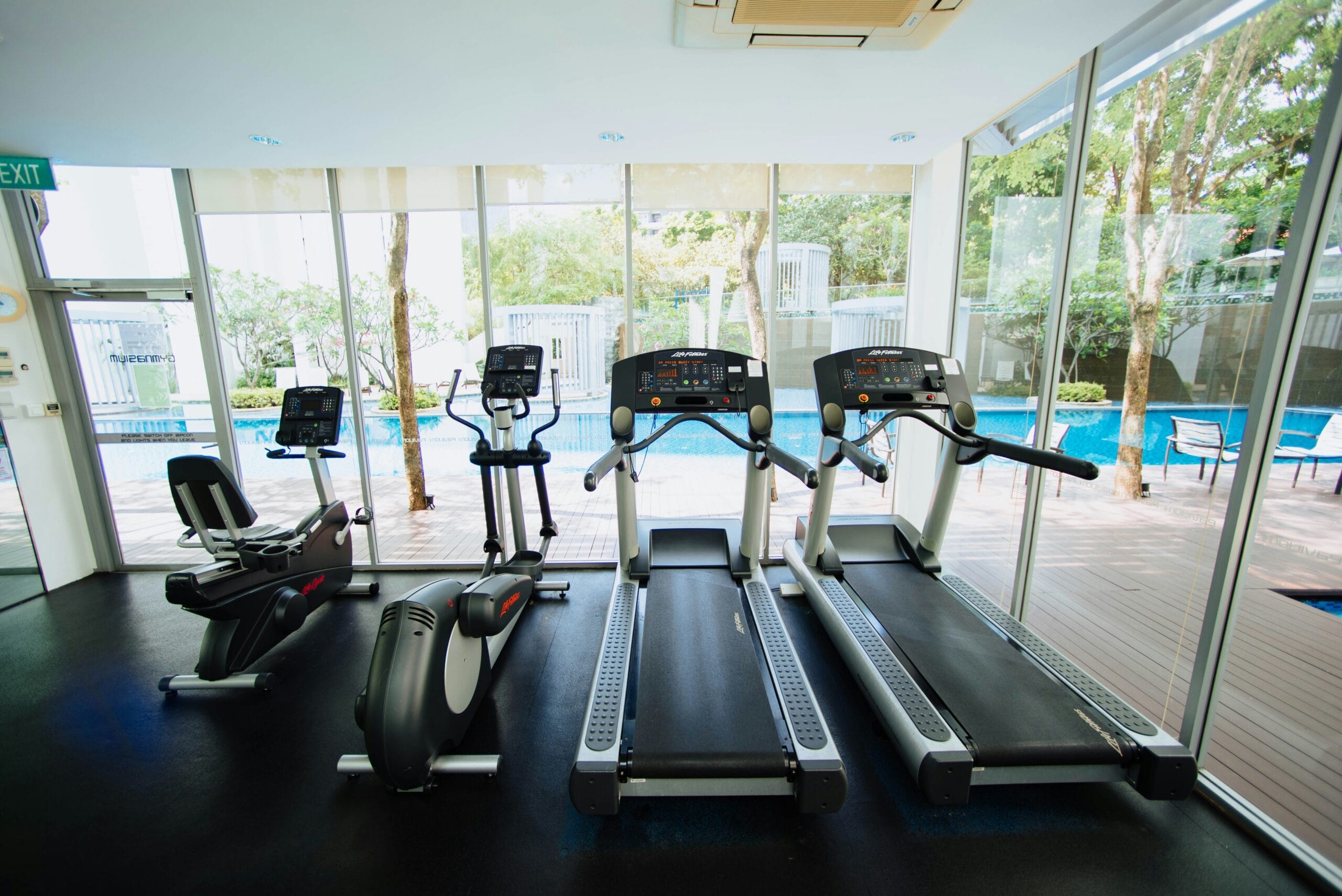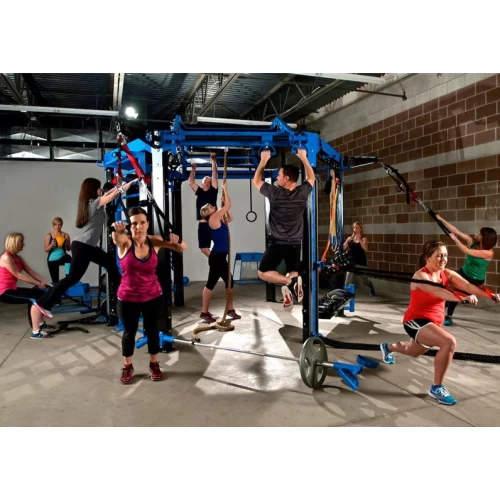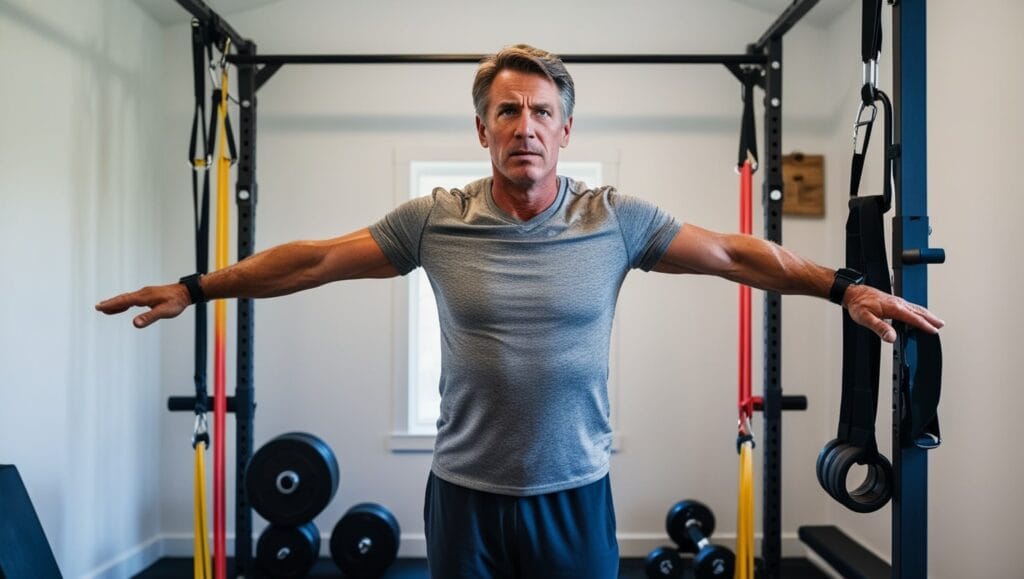
Introduction
Turning 40 can feel like hitting a reset button on your body. Suddenly, the workouts that used to be easy start feeling like a struggle, and let’s not even talk about those morning aches and pains. But here’s the truth—staying fit after 40 isn’t just about looking good.
It’s about keeping your heart strong, staying mobile, and making sure you have the energy to do what you love. The challenge? Balancing fitness with a busy schedule and a tight budget.
That’s why this guide is here—to help you create a workout routine that’s simple, affordable, and effective. We’ll cover everything from bodyweight exercises to smart nutrition tips so you can reclaim your health without breaking the bank.
At 45, Jason Cooper from sunny California felt like he had lost control of his life. Once a surfer who spent weekends riding the waves, he now found himself glued to a desk, buried under deadlines, and too tired to play with his kids after work. His mornings started with back pain, his afternoons were fueled by coffee, and by evening, he’d collapse on the couch, promising himself he’d “start tomorrow.”
But tomorrow never came—until the day his son asked him to join a weekend hike. Halfway up the trail, Jason was out of breath, clutching his knees while his son waited ahead, confused and disappointed. That moment hit him hard. Jason realized he wasn’t just losing his strength—he was losing precious moments with the people he loved.
With no budget for expensive gym memberships and barely enough time in the day, Jason knew he had to find another way. He cleared a small space in his garage, borrowed resistance bands from a friend, and started with simple stretches and push-ups. At first, it felt impossible. His muscles ached, and progress was slow. But he stayed consistent, waking up 30 minutes earlier every day to move his body.
Six months later, Jason had lost 25 pounds, built lean muscle, and felt more energetic than he had in years. He could hike without stopping, play basketball with his son, and even joined a local running group. The best part? He did it all without breaking the bank—proving that fitness isn’t about expensive equipment or fancy gyms. It’s about showing up every day and putting in the work.
This guide is for men like Jason—men who want to take back their health, feel strong again, and prove that age is just a number. Whether you’re starting fresh or trying to rebuild your strength, this affordable routine will help you achieve results without draining your wallet. Let’s get started!
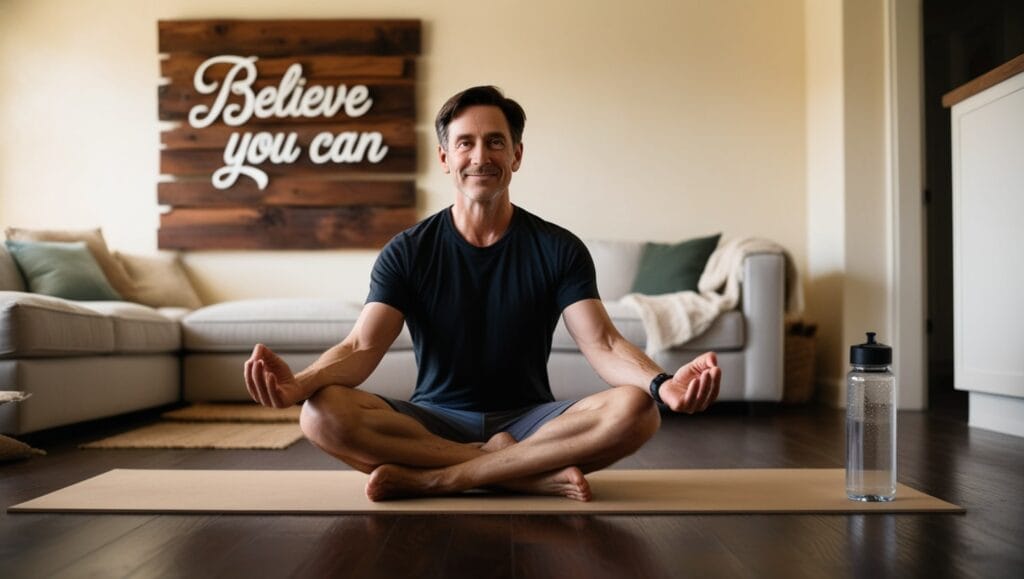
Understanding Fitness Needs Over 40
Jason’s journey wasn’t just about losing weight—it was about reclaiming his confidence and energy. After 40, he realized that his body didn’t respond the way it used to. The late-night snacks showed up faster around his waist, and the soreness after workouts lingered longer than expected. At first, this scared him. Was it too late to turn things around?
But Jason didn’t let fear stop him. Instead, he started small—stretching every morning and focusing on light bodyweight exercises to ease back into movement. What he learned along the way was eye-opening. After 40, muscle mass naturally starts to decline, metabolism slows down, and flexibility decreases. Ignoring these changes wasn’t an option anymore.
The secret, Jason discovered, wasn’t pushing harder—it was training smarter. By focusing on consistency, proper warm-ups, and low-impact exercises, he strengthened his muscles, protected his joints, and boosted his metabolism. Within weeks, he noticed the difference—less back pain, more energy, and a growing sense of accomplishment.
Jason’s story shows that staying fit over 40 isn’t about chasing perfection. It’s about progress. Whether you’re just starting out or getting back on track, the key is to listen to your body, focus on form, and celebrate every win—no matter how small.
You know how they say life begins at 40? Well, so does the need to take better care of your body. After 40, muscle mass starts to decline, metabolism slows down, and flexibility takes a hit.
But don’t let that get you down. Regular exercise can boost heart health, keep your joints moving, and help you stay in shape. Take John, for example. At 42, he was dealing with back pain and low energy until he started doing light stretches and bodyweight exercises every morning.
Within weeks, he felt more energized and even dropped 10 pounds without stepping into a gym. The key is consistency and starting slow. Focus on progress, not perfection. It’s about building habits that stick.

Key Factors for a Budget-Friendly Workout Routine
When Jason decided to get back in shape, the first hurdle wasn’t motivation—it was money. Living in California with rising expenses, he knew a pricey gym membership was out of the question. But instead of letting that stop him, Jason got creative. He turned a corner of his garage into a makeshift workout zone with just a yoga mat, resistance bands, and a pair of second-hand dumbbells he found online.
The results? In six months, he dropped 25 pounds, built muscle, and felt stronger than ever—all without stepping foot in a gym. Jason’s story proves that fitness doesn’t have to cost a fortune. It’s about using what you have and staying consistent.
For men over 40, the focus should be on smart, budget-friendly choices. Bodyweight exercises like push-ups, squats, and planks require zero equipment but deliver powerful results. Jogging in the park, climbing stairs, or even jump rope can double as cardio without spending a dime.
Jason also made small investments that paid off big—like buying resistance bands for under $20 and downloading free workout apps to track his progress. The key? Simplicity. He stuck to moves he could do anywhere and built a routine he could follow without excuses.
If Jason could transform his health on a tight budget, so can you. It’s not about spending more—it’s about starting now and making smart, affordable choices that fit your lifestyle.
Let’s be honest—starting a workout routine when you’re over 40 can feel a bit overwhelming, especially if you’re trying to stick to a tight budget.
But here’s the thing—fitness doesn’t have to cost a fortune. Take Mark, for example. He was juggling a demanding job and rising expenses, leaving little room for pricey gym memberships.
Instead, he turned his garage into a mini workout space with a few resistance bands and a second-hand set of dumbbells. In just six months, Mark dropped 20 pounds and regained the energy he hadn’t felt since his 30s. What worked for him?
Simplicity and consistency. Whether it’s bodyweight exercises in your living room or jogging at the local park, the key is to start small and keep going. After all, getting fit doesn’t have to drain your wallet—it’s about making smart choices and staying committed.
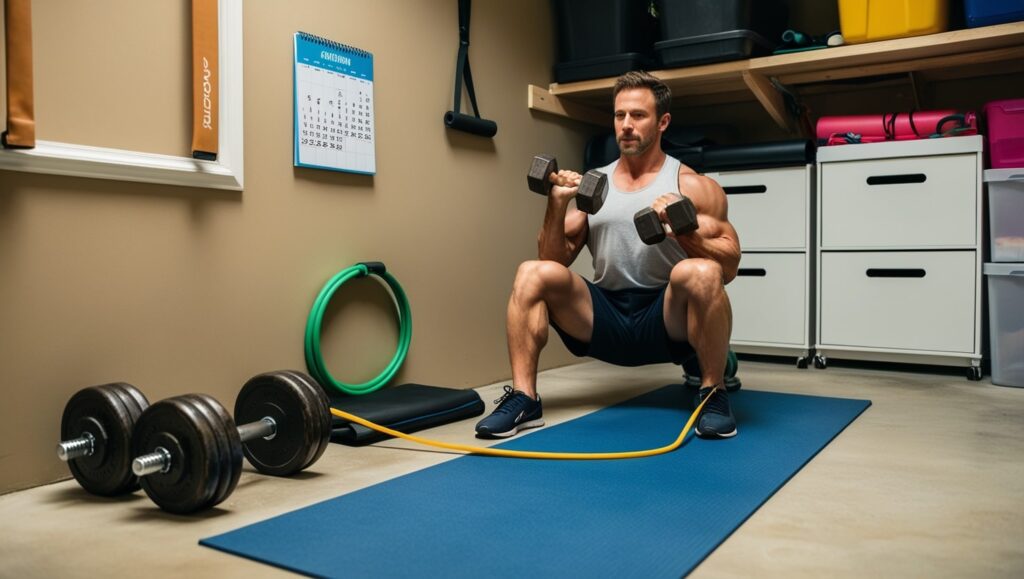
Warm-Up and Stretching
One of the biggest lessons Jason learned was that a proper warm-up was just as important as the workout itself. In the past, he would jump straight into intense exercise, feeling stiff and sore afterward. But after experiencing a few setbacks, including a strained muscle, Jason realized he couldn’t afford to skip this vital step anymore.
Before every workout, he now dedicates five minutes to warming up. Whether it’s light jogging, arm circles, or marching in place, he ensures his muscles are primed and ready for action. It’s like getting your car warmed up before hitting the road—you don’t want to risk injury by diving straight in without preparation.
Jason also discovered the magic of dynamic stretching. Moves like leg swings, hip rotations, and lunges helped loosen his joints and improve his flexibility, which was essential after years of sitting behind a desk. These simple stretches didn’t require any equipment but made a huge difference in his performance and recovery.
The key to avoiding injuries and boosting your overall workout efficiency is consistency. Just like Jason, you’ll start to notice that taking time to warm up and stretch doesn’t just prevent pain—it prepares your body to work harder and smarter. So, before you jump into your workout, always give yourself a few minutes to ease into it.
Before you dive into workouts, let’s talk about warming up. Skipping this step is like driving without warming up your car in the winter—it’s risky. A quick five-minute warm-up can make a world of difference.
Try light jogging, arm circles, or even marching in place. It gets your blood flowing and prepares your muscles for movement.
Remember Sarah? She struggled with knee pain for years until she started adding dynamic stretches like leg swings and lunges to her routine. Within weeks, her pain reduced, and she felt more confident during workouts. Don’t skip this step—it’s your safety net against injuries.

Core Exercises for Men Over 40
As Jason continued his fitness journey, he quickly learned that a strong core wasn’t just about achieving that elusive six-pack. For men over 40, core strength is critical for overall health, from improving posture to reducing back pain. Jason had struggled with lower back pain for years, but once he focused on strengthening his core, the pain slowly started to fade.
He began with simple, low-impact core exercises like planks, modified push-ups, and bodyweight squats. These moves not only engaged his abs but also targeted his lower back, glutes, and legs—all key muscles that support balance and stability. Jason started with just a few reps, then slowly built up to longer sets as he gained strength.
One of his favorite exercises became the plank. At first, holding a plank for 30 seconds felt impossible, but over time, Jason increased his hold to 2 minutes, feeling stronger and more confident with every session. By incorporating exercises like leg raises, bridges, and bird-dogs into his routine, he noticed significant improvements in his posture and flexibility. His core was no longer just a vanity project—it became the foundation of his fitness.
For men over 40, the focus should be on exercises that improve core stability while minimizing strain on the joints. These simple bodyweight exercises are effective, safe, and don’t require any equipment. Jason’s transformation showed him that building a strong core was the key to overall health, helping him stay pain-free, active, and injury-resistant as he aged.
If you want to feel stronger, more balanced, and pain-free, start incorporating these core exercises into your routine. A strong core isn’t just about looking good—it’s about supporting your entire body and improving your quality of life.
Core strength is the foundation of fitness, especially as you get older. It’s not just about six-pack abs—it’s about improving balance, reducing back pain, and supporting your entire body.
Simple moves like push-ups, squats, planks, and lunges can work wonders. Look at Mike—he hadn’t exercised in years, but he started with just 10 push-ups and 10 squats every morning. Within a month, he doubled his reps and felt stronger than ever.
The beauty of bodyweight exercises is that they’re low-impact, easy to modify, and don’t cost a dime.

Full-Body Routine for Strength and Endurance
As Jason’s fitness journey progressed, he realized that focusing solely on isolated exercises wasn’t enough. To truly build strength and endurance, he needed a workout routine that worked his entire body and boosted his metabolism. After all, time was limited, and he wanted a workout that would deliver results without taking hours out of his day. That’s when he discovered the power of full-body workouts.
Jason began incorporating circuit training into his workout routine—short, intense bursts of exercises targeting different muscle groups, with little to no rest between them. He would combine moves like push-ups, squats, lunges, and planks in quick succession, performing each exercise for 30-45 seconds before moving to the next. His goal wasn’t to work for hours, but to keep his heart rate up and engage every muscle with every workout.
What Jason loved most about circuit training was its efficiency. In just 20-30 minutes, he could get a full-body workout that improved both his strength and endurance. Plus, he could do it all at home, with minimal equipment. Resistance bands or a pair of dumbbells were optional for added intensity, but even without them, the results were clear.
As Jason built strength with each workout, he began to notice increased endurance during everyday activities—climbing stairs, carrying groceries, and even running after his kids. His muscles were becoming leaner, and his energy levels skyrocketed. The combination of strength training and cardio in one workout had improved his stamina and allowed him to enjoy life more.
For men over 40, the key to a successful workout routine is balance. A full-body workout is a great way to increase strength, boost metabolism, and improve overall fitness. It doesn’t require long hours at the gym—just focus on compound exercises that target multiple muscle groups, keep your heart rate elevated, and make the most of every workout. Jason’s workout routine proved that full-body exercises were a game changer for building strength and endurance on a budget.
As Jason built strength, he began to notice increased endurance during everyday activities—climbing stairs, carrying groceries, and even running after his kids. His muscles were becoming leaner, and his energy levels skyrocketed. The combination of strength training and cardio in one workout had improved his stamina and allowed him to enjoy life more.
For men over 40, the key to a successful workout routine is balance. A full-body workout is a great way to increase strength, boost metabolism, and improve overall fitness. It doesn’t require long hours at the gym—just focus on compound exercises that target multiple muscle groups, keep your heart rate elevated, and make the most of every minute. Jason’s routine proved that full-body exercises were a game changer for building strength and endurance on a budget.
If you’re short on time, circuit training is your best friend. Combine moves like push-ups, squats, and planks into a quick 20-minute workout. No equipment?
No problem. Add resistance bands or a pair of dumbbells if you want more intensity. Take Alex, who used to think he needed an hour at the gym to see results.
After switching to circuit training at home, he built muscle and lost weight faster than ever. Efficiency is key—focus on short, high-impact workouts that keep you moving.
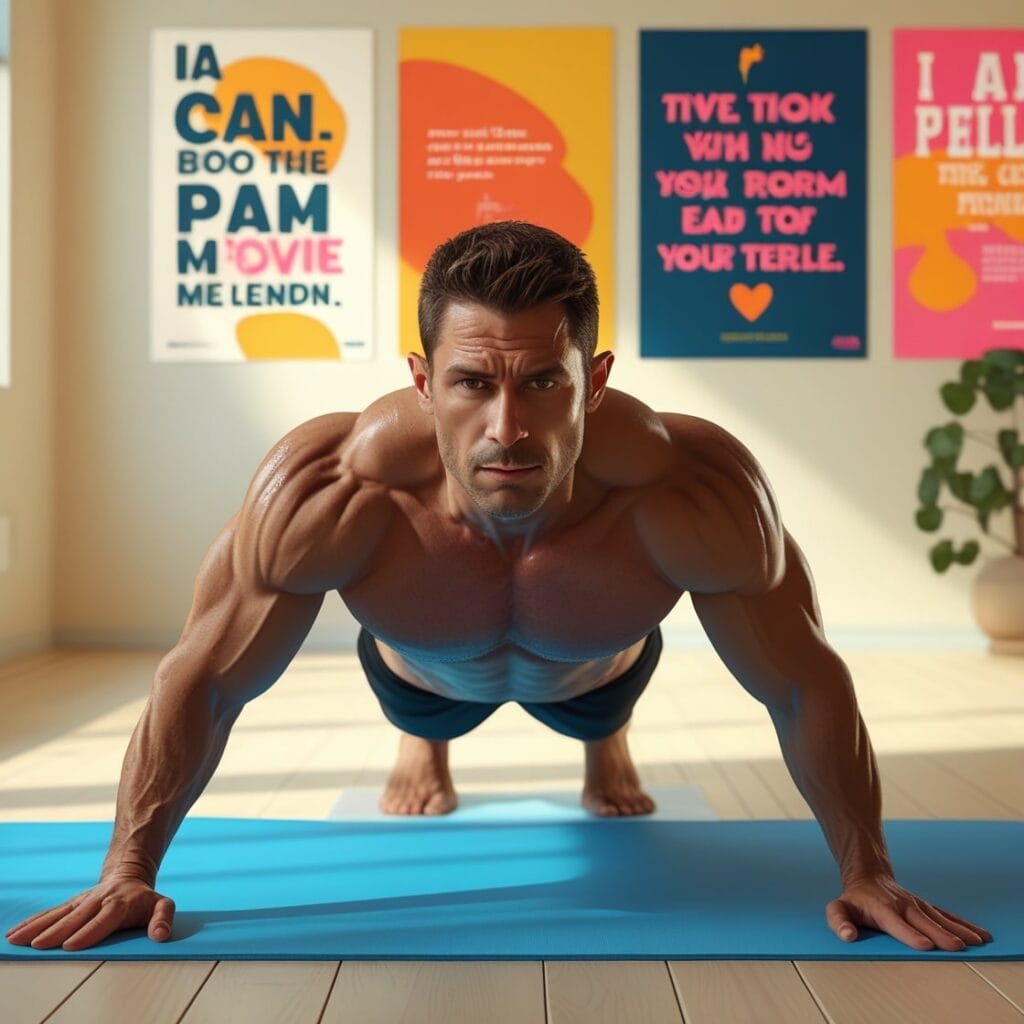
Cardiovascular Exercise on a Budget
Cardio doesn’t have to mean expensive spin classes or fancy treadmills.
Brisk walking, jogging, and jump rope can deliver amazing results without costing a penny.
Lisa, a 45-year-old mom, started walking 30 minutes every evening after dinner. In just three months, she dropped 15 pounds and noticed her energy levels skyrocket. Don’t underestimate the power of simple movements—they add up over time.

Recovery and Rest
Recovery is just as important as the workout itself. Skipping rest days can lead to burnout or injuries. Sleep, hydration, and gentle stretches play a big role in keeping your body strong. Remember Peter?
He used to push himself too hard until he learned the value of rest days. By adding yoga and deep breathing exercises, he felt more flexible and less stressed. Recovery isn’t lazy—it’s smart.

Nutrition on a Budget for Fitness
Fueling your body doesn’t have to drain your wallet. Eggs, chicken, beans, and oats are affordable and packed with nutrients. Prepping meals in advance can save both time and money.
Josh, who’s 44, started batch-cooking on Sundays. He made healthy meals for the whole week and stopped spending on takeout. Focus on real, whole foods, and don’t fall for expensive supplements unless you really need them.

Tips for Staying Motivated
Sticking to a routine can be tough, but setting small, realistic goals helps.
Track your progress, join online fitness groups, or find a workout buddy.
Remember Dave? He stayed motivated by celebrating small wins, like running an extra minute or lifting heavier weights. Progress doesn’t have to be dramatic—it just has to be steady.
Summary
Getting fit after 40 doesn’t have to be complicated or expensive. Start small, stay consistent, and focus on what works for your body.
Whether it’s push-ups in your living room or long walks in the park, every step counts. The hardest part is starting—so why not begin today?
